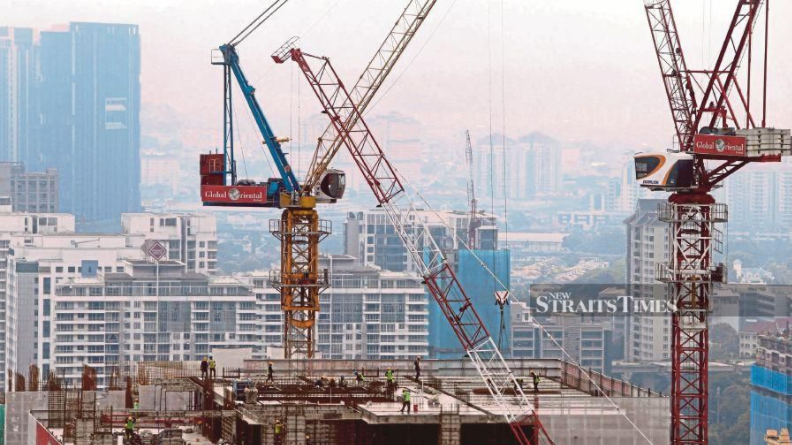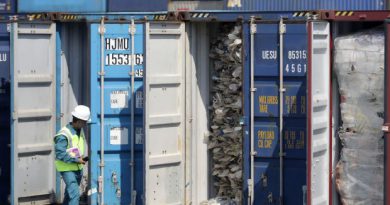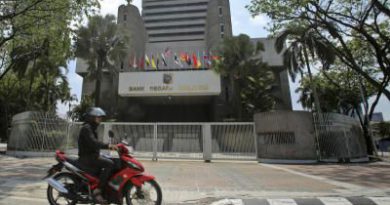Expert: Assess Covid-19 risk at workplaces
KUALA LUMPUR: Workplaces with more than 100 employees present at any time should implement a thorough Covid-19 risk assessment to mitigate the virus’ spread.
Universiti Selangor visiting professor of Environmental Health Professor Dr Jamal Hisham Hashim said depending on the nature of these workplaces, each should either have a safety and health officer or committee, or both, to oversee this task.
He was commenting on the increasing number of new workplace clusters.
The authorities, he said, should look into the work station settings, and body temperature and symptom screenings at workplaces.
Jamal said compliance with the standard operating procedures (SOP), toilet, canteen and rest facilities, indoor ventilation system, as well as on-site and off-site workers’ housing facilities, should be assessed as well.
“Only workplaces that pass these strict risk assessments should be allowed to operate.
“The others should be temporarily closed and asked to upgrade accordingly before they are given the green light to reopen,” he told the New Straits Times.
Malaysia logged the highest number of Covid-19 cases at 5,728 on Saturday, with Selangor, Johor and Kuala Lumpur recording the bulk of these new cases.
The Health Ministry reported 16 new clusters, 13 of which were workplace-related and three others community clusters.
Six of the workplace clusters were detected in Johor: Jalan Suasa, Jalan Riang, Jalan Lombong, Bintang Utama, Bayu Tampoi and Bukit Batu Grisek.
Others were identified in Selangor (Jalan Trompet and Kampung Hala), Kuala Lumpur (Lingkaran Maluri and Desa Tun), Pahang (Tanah Putih and Jalan Ketengah), and Sabah (Jalan Labuk).
On Friday, the ministry recorded 5,725 cases and 12 new clusters, where 10, or 83 per cent, were workplace clusters.
Out of these 10 workplace clusters, nine were in Selangor, Kuala Lumpur and Johor, the same areas that recorded the highest number of new cases.
Jamal said the authorities must look further into Malaysia’s Covid-19 data to analyse and identify from which type of clusters the new cases were originating from.
“If they are coming from workplace clusters, we need to know from which type of workplace clusters, whether they are from construction companies, manufacturing plants or electronic companies.
“Are workers contracting the virus at their workplaces, homes or hostels?
“Are they spreading it among themselves or also cross-infecting with the public?
“Unless we know these facts, I am afraid that we may just be groping in the dark with our Covid-19 prevention strategies.
“We need to zero in on new daily cases as well as anticipate where the next outbreak would be.
“In other words, we need to get ahead of the virus.
“The Movement Control Order can only provide us with the opportunity to do this, but it cannot do it for us,” he added.
Prof Zailina Hashim, a former environmental and occupational health professor at Universiti Putra Malaysia, reiterated the need to empower employers and employees in managing Covid-19-proof workplaces.
She said this was crucial to complement the good control effort underway by the government.
“References can be made to the many resources and guidelines on Covid-19 control in workplaces published by the American Industrial Hygiene Association.
“Most Covid-19 transmissions happen indoors, especially in poorly ventilated workplaces and overcrowded workers’ housing.”
Source: NST




